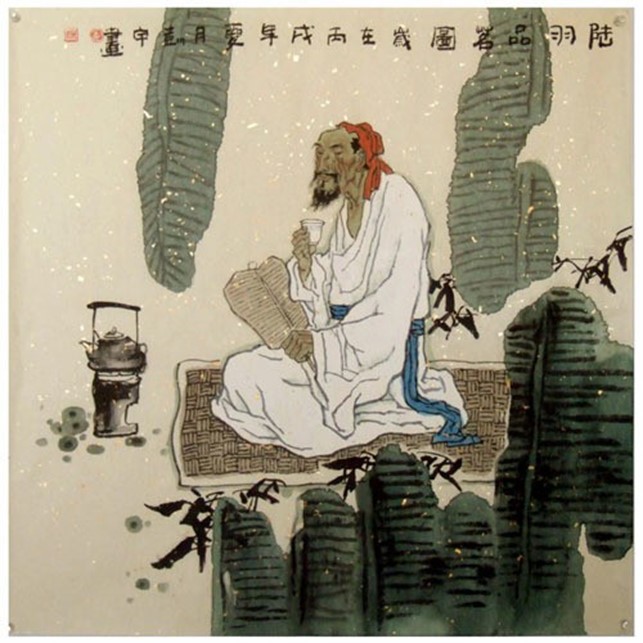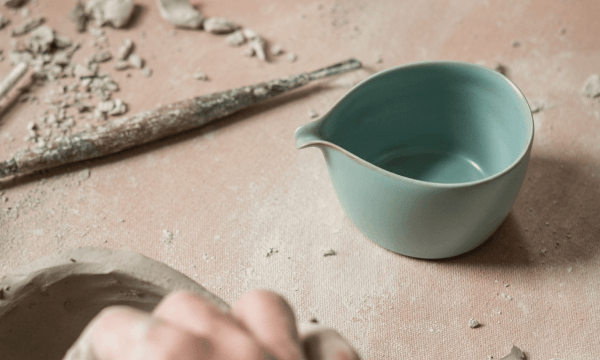tea and its surroundings, About Tea
Tea between Yin and Yang
The concept of yin (black) and yang (white) originates from ancient Chinese philosophy.
Yin and yang describe how we can be connected to the universe. For example, the experience of climbing a mountain in the sun could be described as yang compared to the feelings we would experience climbing the same mountain in the shade.
We can use Yin and Yang to describe our relationships with everything around us, including food and drink, exercise, chi, and weather. What’s interesting is that we can also describe our current state in terms of Yin and Yang.
I could say, “I feel really Yin today” if I didn’t feel happy in that state, connecting more deeply with those things that make me feel bad and identifying them as such would help me feel more Yang and thus change my current condition to being less Yin.


Yin and Yang and Tea
According to Taoist philosophy, good health is a state in which, opposing energies of yin and yang, are perfectly balanced in the body. When your yin-yang energies are balanced, you feel good, not only physically, but mentally, emotionally, and even spiritually.
Following the basic principles of Yin and Yang, tea can be used as an herb to regulate the body. To Yin corresponds a cold and passive temperament. To Yang corresponds warmth and energy.
Teas have properties which in Chinese medicine are largely classified according to taste and type of production. There are six types of tea: white/yellow, green, oolong, red and puer. They all come from the same leaf, but they differ in the degree of oxidation and fermentation. Each type of tea has a certain predictable effect on the body under certain circumstances.
Green, white and puer Sheng teas are oxidized very little and are refreshing by nature. They are therefore considered as Yin. The more intense the green, refreshing by nature, the more there will be Yin type teas, whether they are drunk with lukewarm water or not. The bitterness of green tea is refreshing in summer and counteracts oppressive heat by draining excess moisture. However, everyone is different, and may react to green tea in a different way.
People who are largely vegetarian are of the “Yin” type. Therefore, “strongly Yin” drinks such as green tea can give you feelings of coldness and weakness very easily. But if you are used to eating a lot of animal-derived foods (strongly “Yang” food), green tea is very helpful in balancing yin-yang to cool the inner heat generated by animal-derived foods. So this is why green tea is sometimes beneficial from a holistic point of view.
There is no such thing as a “one-size-fits-all” tea in Eastern medicine.
Teas that have undergone fermentation, oxidation or roasting will be relatively more yang in nature, and therefore less cold.
Oolong tea sits about halfway between the oxidation of red tea, black tea and green tea. It is perfectly balanced, so to speak.
Red (or black) type teas and Shu puer are rather Yang by nature. This means they can warm the entire digestive system and can be consumed more frequently by individuals with weak digestive systems, a condition characterized by bloating, cramping and a rigid abdomen to the touch.
A few suggestions.
What types of tea to consume in our daily lives.
- for higher concentration – green tea, slightly oxidized Oolong, jasmine, Puer sheng
- after heavy meals – green tea, roasted oolong, oxidation puer sheng
- for relaxation – jasmine tea, flower tea, red tea
- to regulate stomach and intestines – Puer shu, (do not drink too much strong tea)
- after a hangover – Tie Guan Yin, Puer sheng (helps “reset” the body after a weekend of binge drinking)
- to warm the body with yang energy – red tea, Puer shu not too old
- to cool the body with yin energy – white tea, green tea, Puer sheng
- to balance the body – Semi-fermented Oolong






